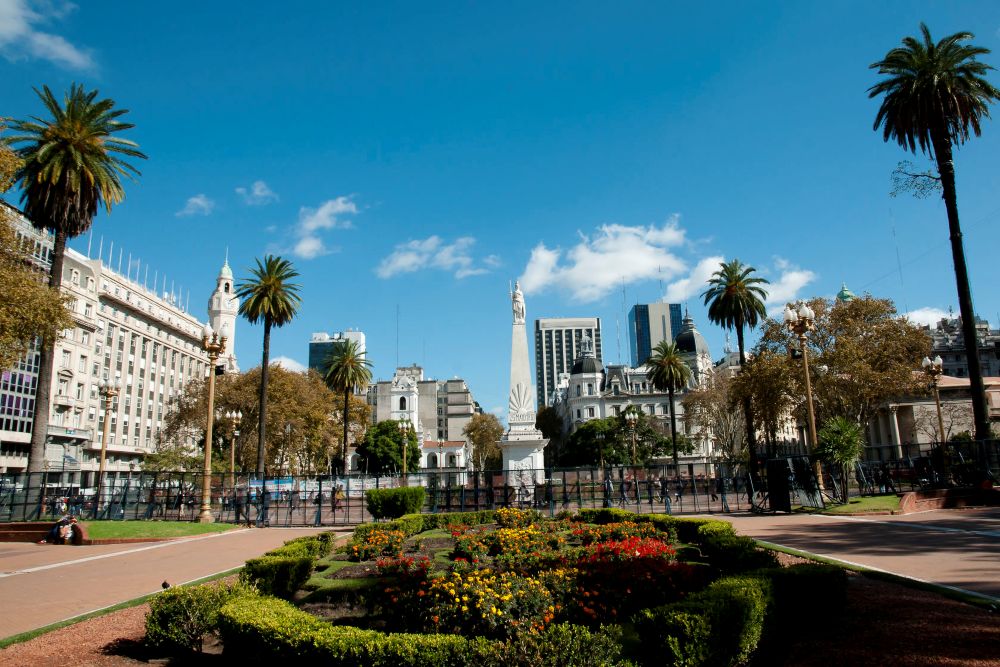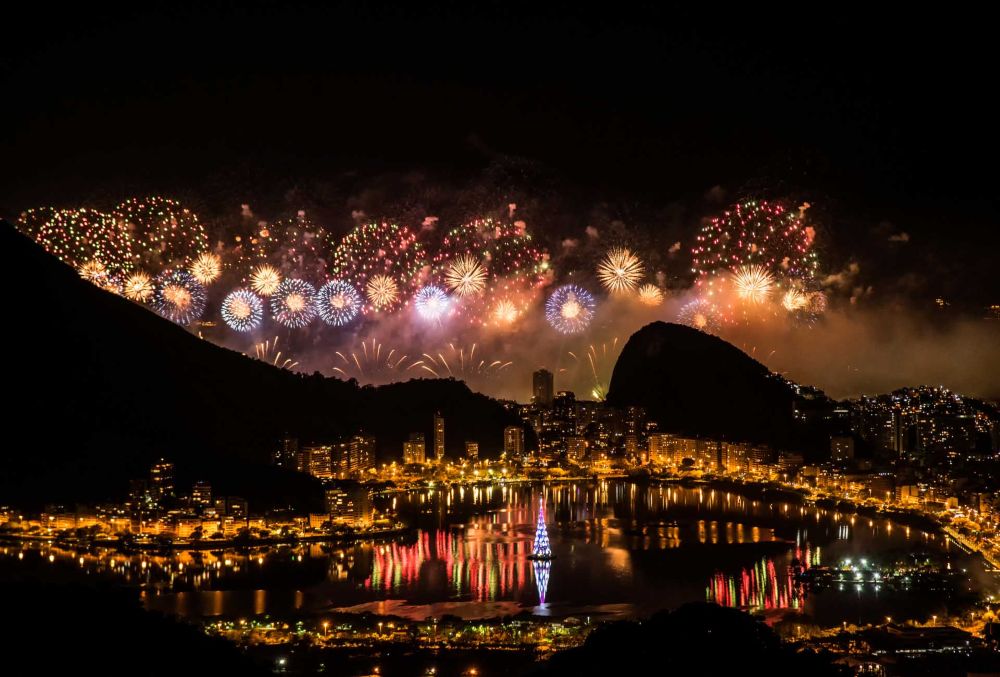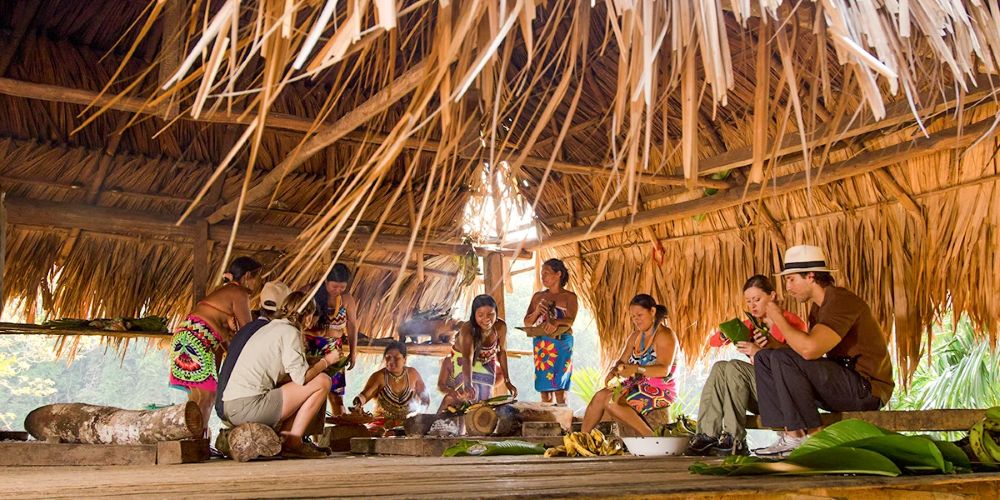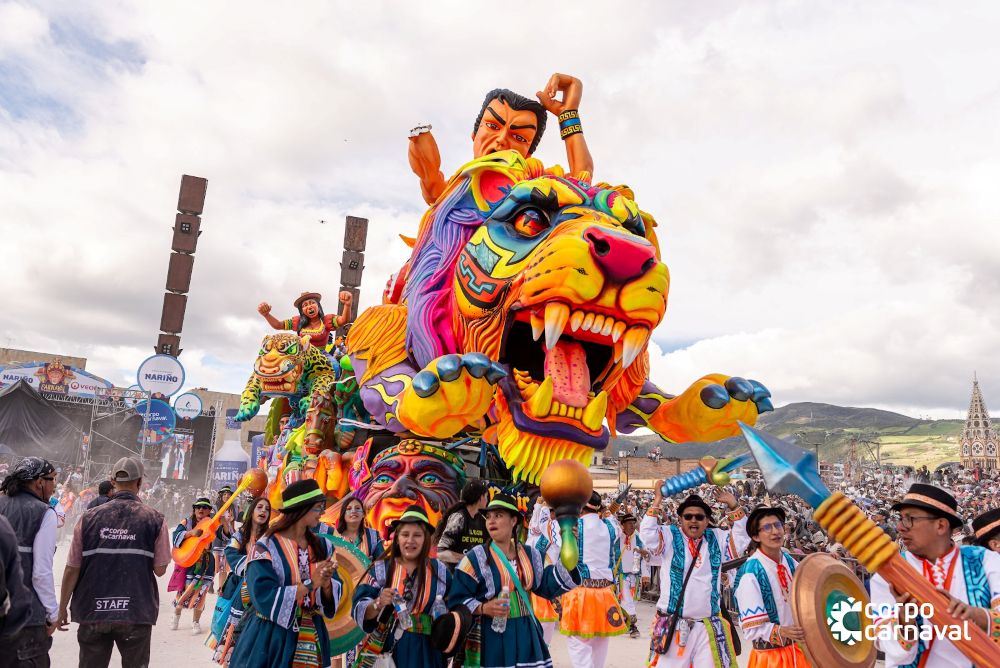Strolling through the historic squares of Latin America means stepping into the living pages of the continent’s history. From revolutions and struggles for independence to the daily encounters of urban life, each one offers a glimpse into the city’s identity, where architecture, stories, and rituals intertwine. And along the way, certain names appear so often that they begin to feel like old acquaintances greeting you at every new stop. A familiarity born not of chance, but of a shared history.
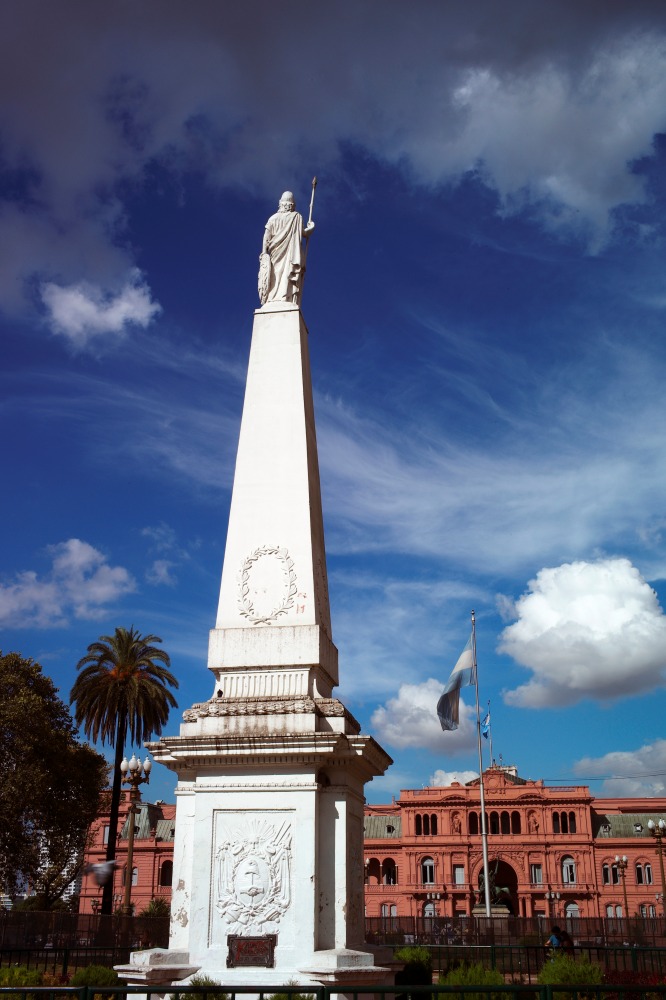
Plaza de Mayo, Buenos Aires (Argentina)
Framed by the Cabildo, the Casa Rosada, and the Metropolitan Cathedral, it houses at its center the Pirámide de Mayo, adorned with the coats of arms of the seven founding provinces. Beneath its base lie the ashes of Azucena Villaflor, founder of the Mothers of Plaza de Mayo, a movement that since 1977 has demanded justice for the disappeared of the Argentine dictatorship. Beyond its historical significance, the square also serves as a stage for political demonstrations, tango performances, and spontaneous gatherings, offering a rare blend of solemnity and everyday life.
Our article: Buenos Aires, capital of a thousand passions
Plaza de Armas, Lima (Peru)
Founded in 1535 by order of Francisco Pizarro, it marks the zero point of the capital and the site of the proclamation of independence in 1821. Surrounded by the cathedral, the government palace, and city hall, it combines colonial wooden balconies with geometric gardens. From its arcades, one can observe Limeño life to the rhythm of military ceremonies, festivities, and daily strolls, in a space where its past as a Spanish Viceroyalty coexists with urban modernity.
Zócalo, Mexico City (Mexico)

Also known as Plaza de la Constitución, it spans 57,600 square meters — the equivalent of five football fields — making it one of the largest squares in the world and the symbolic heart of the country. Since the time of Tenochtitlan, capital of the Mexica Empire, this space has been a political, religious, and social center: first with the Mexica ceremonial precinct, then with the Metropolitan Cathedral and the National Palace. Beneath its paving stones, pre-Hispanic remains, visible at the nearby Templo Mayor, recall the depth of its history.
Plaza de Bolívar, Bogotá (Colombia)
Created in the 16th century as the city’s main square, it was the convergence point of trade routes that brought salt, emeralds, cocoa, and textiles from all corners of the viceroyalty. It was also the stage for major events such as the cry for independence in 1810 and the Bogotazo of 1948. Its statue of Simón Bolívar, inaugurated in 1846, was the first in Latin America to honor the Liberator. Amid street vendors and pigeons, the square maintains its own rhythm, linking centuries of history to Bogotá’s present-day face.
Our article: Bogotá, Colombia’s energy at the top of the Andes
These squares reflect different founding moments of Latin America, from the age of pre-Columbian civilizations to our contemporary era. This history is not viewed behind glass cases: it is walked upon, observed, and heard with every step, revealing the unique character of each city. These squares — sometimes grand, sometimes modest — all serve as natural starting points to understand these places and their people.
Photos : Travel Buenos Aires | bpperry

